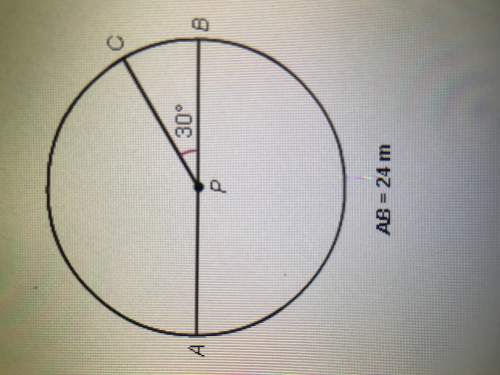
Mathematics, 08.04.2020 22:13 dshood2298
GAME THEORY QUESTION -
In many countries, armed forces rely both on volunteers and conscription for military service. For example, in Denmark, eligible men for military service are required to draw a number. Depending on the number they draw, they may get drafted if there aren't enough volunteers.
Consider a very simple game with two risk-neutral players, who are eligible for military service.[1]The Army needs only one of them.
Player 1 moves first, and decides whether or not to volunteer.
If Player 1 volunteers, then the game ends. Player 1 receives a payoff of (B -C), where B represents the benefit of volunteering and C represent the cost of joining the army, respectively. (You can think of both monetary and non-monetary benefits and costs). In this case, Player 2 gets a payoff of zero.
If Player 1 does not volunteer, then Player 2, who observes this decision, decides whether or not to volunteer.
Similarly, if Player 2 volunteers, the game ends with leaving Player 2 a payoff of (B -C), whereas Player 1 obtains a payoff of 0. If Player 2 does not volunteer either, then the army drafts one of the players with the luck of the draw. Therefore, Player 1 and Player 2 gets drafted with an equal probability. 0.5. As the result of the draw, the player who ends up being drafted receives a payoff of –C (since the benefits of volunteering does not accrue in this case). The player who ends up not being drafted receives a payoff of 0.
a) I suggest for you to start by drawing the game tree, using Nature as a non-strategic player representing the (possible) uncertainty in the game. You do NOT need to turn this tree in, but it will be helpful to sketch it out.
b) Let B=400 and C=600. What is the rollback equilibrium of this game? [10 points]
c) Does this game with the payoff structure described in (b) exhibit first-mover advantage, second-mover advantage, or neither? Explain. [10 points]
d) Now consider that Player 2 has a different value of C than Player 1. Determine the minimum value of C, which makes the following commitment credible: “I will not volunteer regardless of what you do.” [10 points]
e) Choose a larger value of C than you found in part (d), and solve the game for rollback equilibrium. Is the equilibrium outcome different than the one you have described in part (b)? [10 points]


Answers: 3


Another question on Mathematics

Mathematics, 21.06.2019 13:00
"how does lena finally defeat the robots? ” this question will best be used to describe the story’s exposition. rising action. climax. falling action.
Answers: 3

Mathematics, 21.06.2019 15:30
What is this inequality notation? t is less then or equal to 2
Answers: 3

Mathematics, 21.06.2019 21:00
The sum of the first eight terms of an arithmetic progression is 9m + 14. the fifth term of the06 progression is 2m - 6, where m is a constant.given that the first term of the progression is 26,find the value of the common difference, d and thevalue of m.
Answers: 1

Mathematics, 21.06.2019 21:00
Jordan got 27 out of 90 correct on his test . what fraction of the marks did her get correct
Answers: 2
You know the right answer?
GAME THEORY QUESTION -
In many countries, armed forces rely both on volunteers and conscr...
In many countries, armed forces rely both on volunteers and conscr...
Questions

Social Studies, 11.11.2020 08:50

Chemistry, 11.11.2020 08:50


Business, 11.11.2020 08:50

Mathematics, 11.11.2020 08:50

English, 11.11.2020 08:50



Mathematics, 11.11.2020 08:50

Geography, 11.11.2020 08:50

Social Studies, 11.11.2020 08:50

History, 11.11.2020 08:50

English, 11.11.2020 08:50

Spanish, 11.11.2020 08:50

Mathematics, 11.11.2020 08:50

Mathematics, 11.11.2020 08:50


Mathematics, 11.11.2020 08:50

Social Studies, 11.11.2020 08:50




